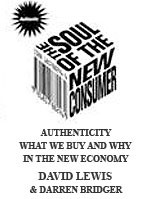Do you wish you could find ways to improve your memory? Perhaps you’re always forgetting anniversaries need to improve your exam performance or simply want some tips for keeping your brain supple as you get older. In this book I provide a comprehensive explanation of every strategy and technique that can help you boost your memory (and bust a few myths about things that won’t help!). The brain training exercises included will help you make and store new memories effectively and rearrange your existing memories for more effective recall. Discover:
- Brilliant techniques for remembering names and faces
- Great ideas for recalling lists – no more writing reminders on the back of your hand
- How to ensure you never forget where you parked the car or lose your keys again
- How eating well, exercising and certain (but not all!) supplements can help keep your brain in tip-top shape
- Why its never too late to learn new information, from skills for work, to languages
- Amazing memory party tricks
- How to memorise all your computer/Internet passwords
- The 300-year old system that will enable you to store vast amounts of information in your memory.




